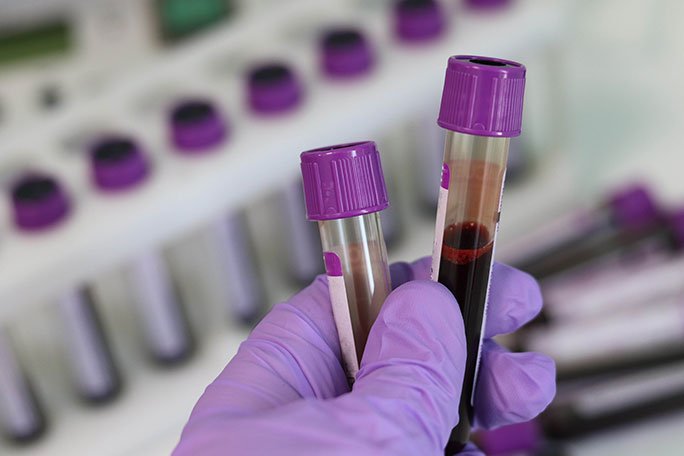Enhancing Cybersecurity Measures in Phlebotomy Labs: Strategies for Protecting Patient Data
Summary
- Hospitals in the United States face increasing cybersecurity threats in their phlebotomy labs.
- There are several steps hospitals can take to enhance cybersecurity measures and protect sensitive patient data.
- Implementing secure data storage practices, conducting regular security training for staff, and partnering with trusted vendors are essential strategies for improving cybersecurity in phlebotomy labs.
Introduction
Hospitals in the United States rely on phlebotomy labs to collect and analyze patient samples, providing critical information for diagnosis and treatment. With the rise of digital technology and Electronic Health Records, phlebotomy labs are increasingly vulnerable to cybersecurity threats. Protecting sensitive patient data is a top priority for hospitals, and enhancing cybersecurity measures in phlebotomy labs is essential to safeguard patient information.
Challenges in Phlebotomy Lab Cybersecurity
Phlebotomy labs face several unique challenges when it comes to cybersecurity, including:
- Large volumes of sensitive patient data
- Complex systems and equipment
- High risk of data breaches
Large volumes of sensitive patient data
Phlebotomy labs collect and store large amounts of sensitive patient data, including medical histories, Test Results, and personal information. This data is highly sought after by cybercriminals and must be protected to ensure patient privacy.
Complex systems and equipment
Phlebotomy labs rely on complex systems and equipment to collect, process, and analyze patient samples. These systems are interconnected and vulnerable to cyber attacks if not properly secured.
High risk of data breaches
The high volume of sensitive data stored in phlebotomy labs makes them a prime target for data breaches. A single breach can have serious consequences for patient privacy and Healthcare Providers.
Enhancing Cybersecurity Measures
Implement secure data storage practices
One of the most important steps hospitals can take to enhance cybersecurity in phlebotomy labs is to implement secure data storage practices. This includes:
- Encrypting patient data to protect it from unauthorized access
- Regularly backing up data to prevent data loss in case of a breach
- Implementing access controls to restrict who can view and modify patient data
Conduct regular security training for staff
Human error is a common cause of data breaches in healthcare settings. Hospitals should provide regular security training for staff to educate them on best practices for cybersecurity, including:
- Creating strong passwords and changing them regularly
- Avoiding phishing scams and suspicious emails
- Reporting any security incidents or suspicious activity to IT immediately
Partner with trusted vendors
Many hospitals rely on third-party vendors for software, equipment, and services in their phlebotomy labs. Hospitals should thoroughly vet these vendors and ensure they have robust cybersecurity measures in place, including:
- Regular security updates and patches for software and equipment
- Encryption for data in transit and at rest
- Compliance with industry standards and Regulations for data security
Conclusion
Enhancing cybersecurity measures in phlebotomy labs is essential to protect patient data and ensure the privacy and security of Healthcare Providers. By implementing secure data storage practices, conducting regular security training for staff, and partnering with trusted vendors, hospitals can reduce the risk of data breaches and safeguard sensitive patient information.

Disclaimer: The content provided on this blog is for informational purposes only, reflecting the personal opinions and insights of the author(s) on the topics. The information provided should not be used for diagnosing or treating a health problem or disease, and those seeking personal medical advice should consult with a licensed physician. Always seek the advice of your doctor or other qualified health provider regarding a medical condition. Never disregard professional medical advice or delay in seeking it because of something you have read on this website. If you think you may have a medical emergency, call 911 or go to the nearest emergency room immediately. No physician-patient relationship is created by this web site or its use. No contributors to this web site make any representations, express or implied, with respect to the information provided herein or to its use. While we strive to share accurate and up-to-date information, we cannot guarantee the completeness, reliability, or accuracy of the content. The blog may also include links to external websites and resources for the convenience of our readers. Please note that linking to other sites does not imply endorsement of their content, practices, or services by us. Readers should use their discretion and judgment while exploring any external links and resources mentioned on this blog.

